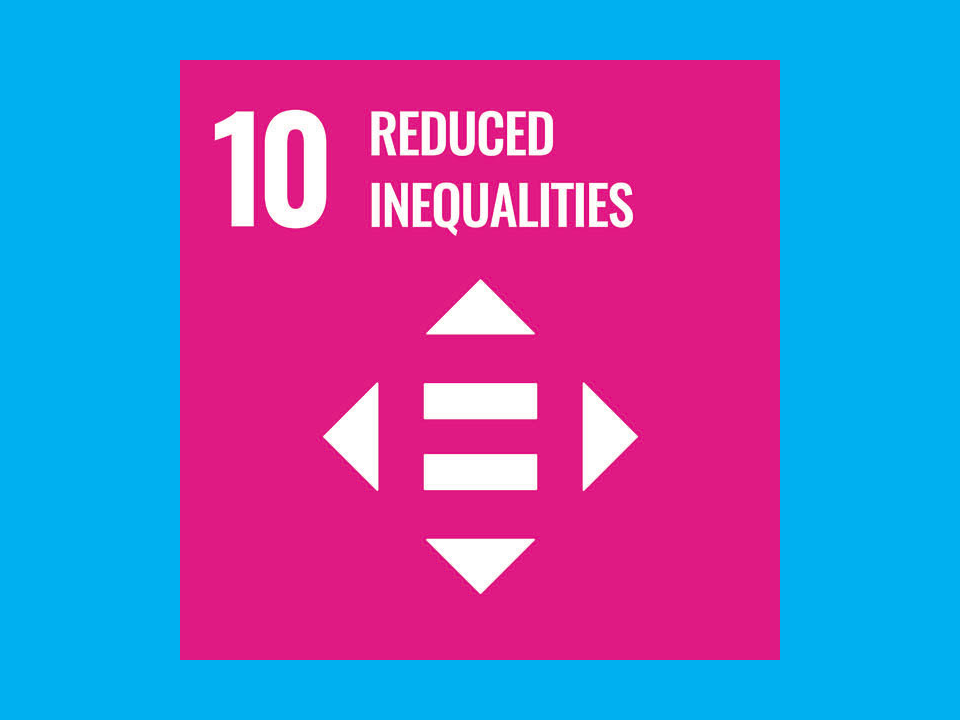Pick Up
926. Nine Key Words in 2023 Indicate Growing Inequality

926. Nine Key Words in 2023 Indicate Growing Inequality
After a year of instability in 2022, 2023 was a year of growing inequality. The impact of the ongoing pandemic, combined with climate change, conflict, violence and food insecurity, made the road to full economic recovery difficult for many countries. Looking back over the past year, the situation has been even more challenging in low-income countries, where development has been hampered by a combination of financial and resource crises (polycrisis).
The World Bank recently published a blog post entitled 2023 in Nine Charts - Growing Inequality. Here is a look back at 2023 in 9 keywords based on the article.
1. Poverty
The reduction in poverty rates has stalled in recent years. The number of people living in extreme poverty on less than $2.15 a day has declined steadily since 2010, when it was 1.1 billion, to about 700 million in 2018. Since then, however, progress has stalled and levels remain stuck. The pandemic is not the only factor contributing to the poverty population, which is estimated to reach 690 million by 2023. Conflict and confrontation are also making it difficult to address SDG issues other than poverty.
2. Debt
Developing countries are facing a financial crisis and a year of debt repayment. According to the World Bank's International Debt Report (IDR), debt-related risks have increased in all developing countries and will continue to do so. The situation is particularly difficult for the poorest countries, whose economies are being squeezed by rapidly rising debt repayments. The report notes that public debt repayments by developing countries will reach a record high of $443.5 billion in 2022, while the poorest countries eligible for International Development Association (IDA) loans will pay a record $88.9 billion in debt repayments. The rising cost of borrowing has created the risk of a debt crisis, forcing other critical sectors such as health, education and the environment to cut costs.
3. Global economic outlook
Economic growth has been sluggish due to a number of factors, including high inflation, rising interest rates, declining investment and Russia's invasion of Ukraine. With low global growth forecasts of 1.7% in 2023 and 2.7% in 2024, the recession is expected to continue. Countries have lowered their growth forecasts for 2023, with 95% of developed countries and nearly 70% of emerging and developing countries lowering their growth forecasts.
4. Falling long-term growth
The aftermath of the COVID-19 pandemic and the situation in Ukraine are expected to have long-term potential. Long-term, non-inflationary economic growth is expected to fall to its lowest level in 30 years, in part due to a decline in the working-age population.
5. Climate
It has been mentioned that climate change could force internal migration of about 216 million people by 2050. Water stress and reduced crop yields are expected to be more severe in vulnerable countries that are chronically food insecure. It is essential to reduce agricultural greenhouse gas emissions and promote renewable energy sources while moving away from fossil fuels. In addition, "climate justice" is being pursued because of the imbalance between emissions and the burden of mitigation in developed and developing countries.
6. Commodity Markets
The ongoing Russian invasion of Ukraine and the tense situation in the Middle East, combined with the aftermath of the pandemic, have thrown global commodity markets into turmoil, with commodity prices falling nearly 25% year-over-year in 2023, the first decline since the pandemic, after continuing to rise from 2020 to 2022. Global commodity markets are still in turmoil. However, they are currently above their 2015-2019 averages for most commodities. Crude oil and agricultural commodity prices are expected to continue to fall through 2024 due to the global economic slowdown and increased supply, and are expected to begin to stabilize from 2025 onward.
7. Women, business and law
Around the world, 2.4 billion women of working age do not enjoy the same rights as men. A survey of legal regulations that negatively affect women's economic opportunities found that women enjoy only 77% of the legal rights of men. In addition, the pace of legal reform to promote women's equality has slowed in recent years, reaching its lowest level since 2001. The inadequate legal environment remains a major obstacle to women's independence and empowerment.
8. World Development Report - Migration
Population migration is a development issue that will require attention in the future. 184 million people, or 2.3% of the world's population, are currently living outside their home countries. How we respond to and protect migrants will lead to economic growth and prosperity not only for the migrants themselves, but also for the host country. Immigration policies will play an important role in supporting the long-term growth of countries with ageing populations.
9. Work without borders
Online gig workers, workers who take on one-off jobs through internet-based services, are on the rise and are reported to account for up to 12% of the global workforce. Demand is growing rapidly in developing countries, where flexible work arrangements and the opportunity to earn extra income are attractive to many young people, women and low-skilled workers. As operators grapple with how to build sustainable business models, they are expected to develop workers' digital skills to follow the development of the gig market, increase sources of income, and expand the coverage of social protection for informal workers.
Contributors: Solongo TUMUR and IIYAMA Miyuki (Information Program)
